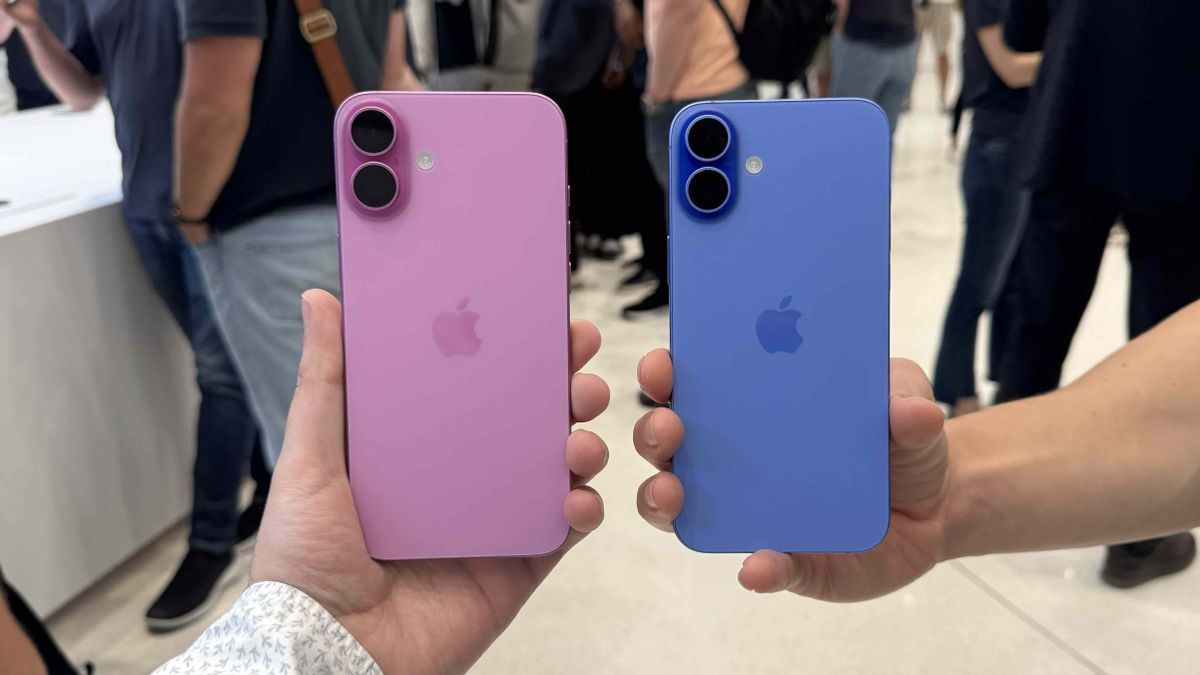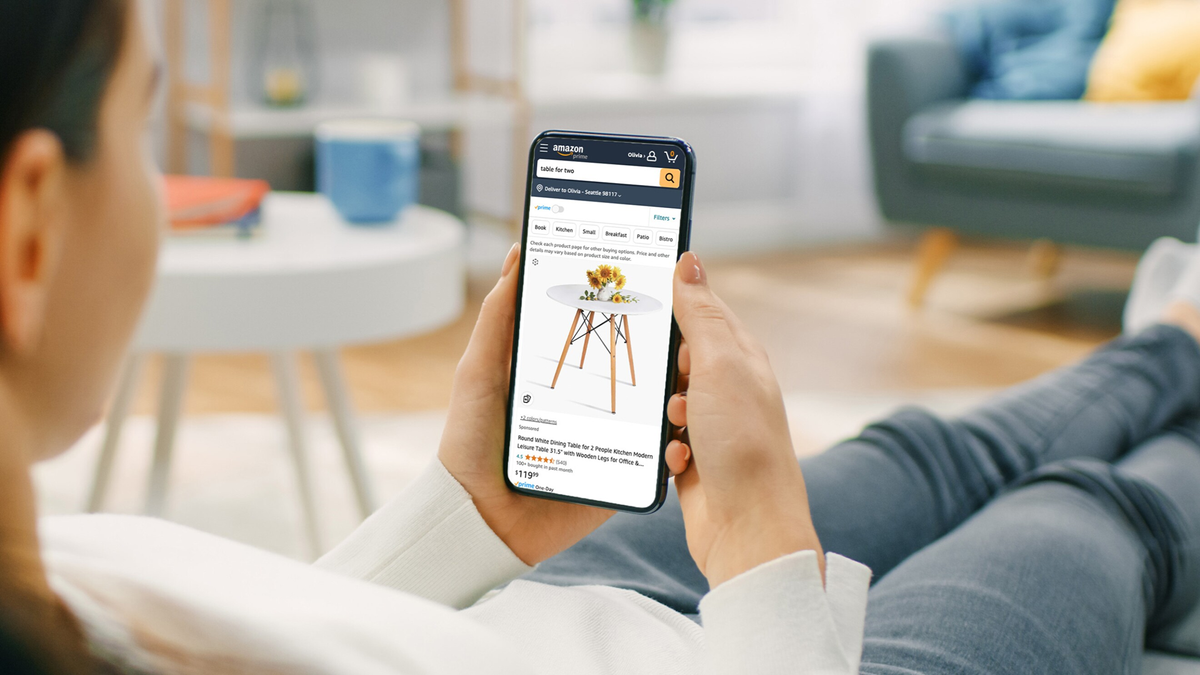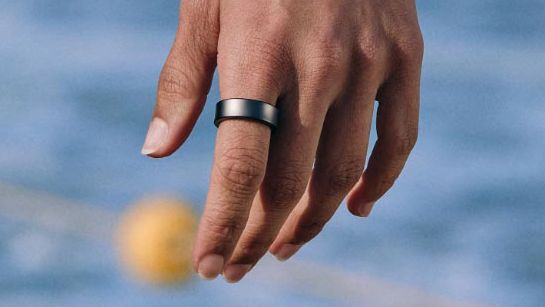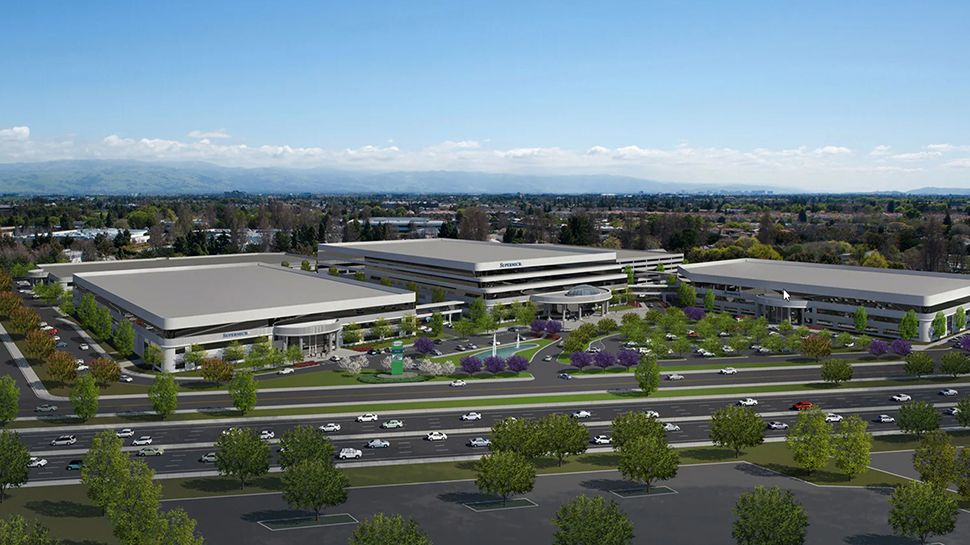Every new Apple iPhone 16, from the base model to the iPhone 16 Pro Max, can take spatial photos and videos, and I think this is the first real sign we've had that Apple is developing a mixed reality headset that will appeal to all consumers.
I'll admit, I was baffled by Apple's embrace of spatial photography and video, going so far as to reposition the cameras on every phone it unveiled at its Glowtime event, including the iPhone 16 and iPhone 16 Plus.
In case you hadn't noticed, the diagonal setup is gone, replaced by two vertically aligned cameras. Apple did this because when you hold the phone in landscape mode, the cameras are perfectly positioned to capture stereoscopic images, which capture two slightly offset photos of the same thing. Your two eyes combine those images in a VR headset to create the illusion of 3D.
With this new Area setting and the Spatial option in the Camera app in iOS 18, you can capture stereo photos and videos with all iPhone 16 phones… and do what?
When I first heard this, I was confused. Why would Apple make such a significant change across all of its devices for what is, at best, an edge case? The Apple Vision Pro is an incredible mixed reality device that lets you fully immerse yourself in virtual reality or combine realistic-looking augmented reality content with your real world. It can track your gestures, eyes, and face. The headset also costs $3,499.
Apple hasn't shared sales figures, but even anecdotal evidence makes it clear that this isn't a device as big a seller as the iPhone, or even the Mac or iPad. Most consumers don't have a Vision Pro, but now Apple has redesigned the camera array on its most affordable iPhone to be compatible with it. There can only be one reason.
Vision Pro for the rest of us
Apple is preparing a much more affordable Vision Pro, let's call it the Vision Lite, and it could appear much sooner than most analysts predicted.
I didn't invent the concept of a cheaper Vision Pro (often called the “Vision Pro 2”). Bloomberg's Mark Gurman has been talking about it for a while, but he predicts it won't arrive until 2026.
Gurman may be right, but why is Apple offering space photography to the masses now? Do we really need more than a year to prepare? Sure, you can port space images captured with the iPhone to a Meta Quest headset, but when does Apple do anything for the competition? It doesn't help you build a library of immersive content to support Mark Zuckerberg's competing products.
No, I’m convinced this is the first real sign we’ve had that Apple is rushing to bring a cheaper Vision Pro headset to market. And it can’t come soon enough. While Apple has been updating the Vision Pro since it launched over a year ago, and VisionOS 2 brings some really cool new features like turning flat photos into spatial images, Apple hasn’t done anything about price, and consumers haven’t been moved.
If Apple is committed to mixed reality (and it is, believe me), it needs to release the Vision Pro Lite or 2 well before 2026 and the iPhone 17. I think the iPhone 16 and its new camera array indicates that Apple agrees with me, and that means next spring (think June and WWDC 2025) could be a make-or-break moment for the Vision Pro strategy and broad consumer access to Apple’s vision for mixed reality.
So go ahead, buy an iPhone 16 and start taking lots of space photos and videos right away. Before you know it, you'll have an amazing new product, one you can afford, that you can watch your videos with.









